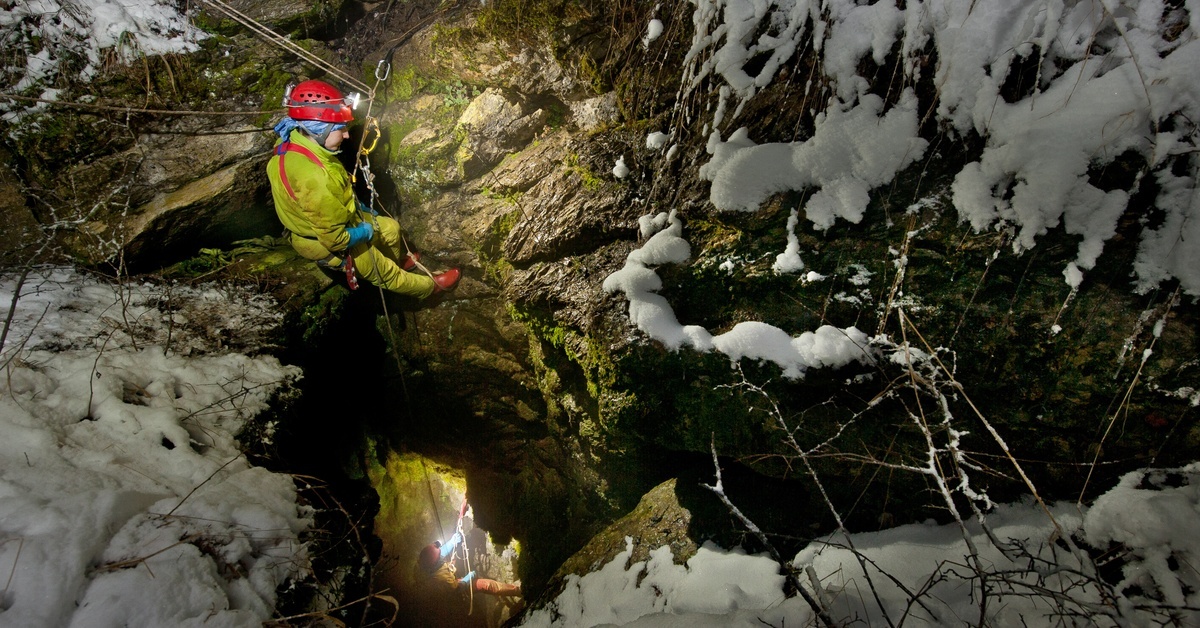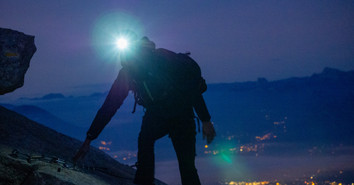Scaling a rock face under the stars or rigging equipment high above ground after sunset brings a unique mix of challenge and thrill. The quiet of the night and the intense focus can make these activities unforgettable. However, low light can turn small missteps into serious risks. Clear visibility is a must for staying safe.
Work headlamps light the path ahead and free your hands for the job. Picking the right one and using it effectively can make a world of difference for safe night climbing and rigging. Dive into how these tools can enhance safety, what to look for when choosing one, and tips for making them work for you.
The Importance of Visibility and Safety
Climbing in the dark presents challenges that don’t exist during the day. Uneven ground underfoot becomes harder to gauge, and a misstep can lead to trips or slips that jeopardize your safety. Rigging at night comes with additional risks, especially when visibility is low and it’s more difficult to recognize potential hazards, such as loose knots or tangled ropes. When you’re balancing precision and physical effort at altitude, a small mistake feels magnified.
Dimness or darkness can hinder efficiency. Taking extra time to check your surroundings or equipment can drain your energy. Your productivity drops when you’re guessing what’s safe to step on or how well something is secured. This is where work headlamps truly prove their worth. A reliable headlamp illuminates everything in your immediate environment, so there’s no need to strain your eyes or waste effort guessing at shadows. You can focus entirely on the task at hand.

Key Features To Look For in a Work Headlamp
As you shop for climbing headlamps, look at their safety features and weigh them against your needs.
Brightness and Beam Distance
Effective lighting comes down to how bright and far a headlamp can shine. Opt for high-lumen headlamps that can break through pitch-black environments, delivering clear and powerful light.
The beam is just as important as brightness. Focused beams work wonders for detailed tasks, such as inspecting climbing gear or threading ropes. For broader illumination, flood settings cast wider pools of light when you need to scour your surroundings or check your rigging setup at a glance.
Good To Know:
Many headlamps combine multiple beam styles, so you can adapt your lighting to different scenarios.
Durability and Build Quality
Outdoor and rigging environments are anything but predictable. A high-quality headlamp can tolerate whatever you can throw at it, from impacts to downpours. Seek headlamps with weatherproof or waterproof materials to handle wet and humid conditions.
Reliable lighting shouldn’t blink out at the first sign of rain. Shockproof designs are durable, so your headlamp will survive accidental drops and falls.
Battery Life and Power Options
Running out of battery mid-task can interrupt productivity or, worse, leave you in the dark! Long-lasting batteries make headlamps ideal for extended climbs or lengthy jobs that stretch late into the evening.
Rechargeable models make sense for frequent users and cut down on long-term costs, but replaceable battery models offer flexibility, especially if outlet access is unavailable. Dual-power designs provide the convenience of both, giving you options depending on where and how you’ll use the headlamp.
An Adjustable Design
Good-quality headlamps have snug and lightweight strap designs that feel comfortable, even after hours of wear. Adjustable straps keep the light secure on your head without slipping, while compact builds prevent neck strain.
Additional Features
Headlamp features can save the day by making specific tasks easier. Red light modes, for example, preserve your night vision while letting you glance at nearby straps or knots. Lightweight designs limit wear-and-tear on both the equipment and the wearer, while smart additions, such as dimming options, tilt sensors, or memory functions, offer convenience during technical maneuvers.

Practical Tips for Using Work Headlamps
Once you’ve got your very own headlamp, you might wonder how to use it efficiently.
Positioning Your Headlamp for Optimal Use
The position of a headlamp makes a huge difference when working at night. A poorly angled beam can cause glare or cast distracting shadows. Aim the light directly at your work area, keeping ropes, clips, and holds illuminated while avoiding reflections into your eyes.
When working with others, be considerate of where your beam points; bright light shining in someone’s face can be both annoying and dangerous. Angling the beam downward when in close quarters with teammates keeps everyone comfortable.
Testing and Maintaining Your Gear
There’s no worse feeling than realizing your headlamp isn’t working just as you’re setting out. Testing your gear before an expedition or job can save you a lot of frustration down the road.
Confirm that the battery is fully charged or that you packed spare batteries. Double-check for damage to the straps, casing, or lens. Keeping backup options on hand, like another headlamp or extra batteries, helps you prepare for unfortunate circumstances. Clean your headlamp regularly to prevent grime buildup, which can dull the brightness or cause wear and tear over time.
Adapting to Environmental Conditions
Outdoor conditions change without warning, and headlamps need to keep up. Waterproof models are a must in rainy or humid weather, while wind-resistant straps secure your gear.
Adjusting your brightness levels to match the environment also plays a big part in effective use. Bright settings can cut through thick fog, while low-intensity modes work better in clear conditions to conserve battery life. Learning when to use different features and settings extends performance and enables you to focus on the task at hand with few interruptions.
Go Forward and Brave the Night!
Night climbing or rigging doesn’t have to feel like a battle against the dark. With a work headlamp, you can focus on the rewards of your work or adventure. The right tools encourage smooth teamwork, sharper problem-solving, and readiness for whatever the night holds. While climbing or rigging under the stars can test your limits, it’s an experience that teaches resilience, adaptability, and the value of staying prepared.
Here’s a thought as you gear up for your next nighttime climb or rigging project: the little things matter. A trusted light on your head, a backup battery in your pocket, and a moment of preparation can turn what feels like a challenge into a story worth telling. Light the way forward, and make every step count.

